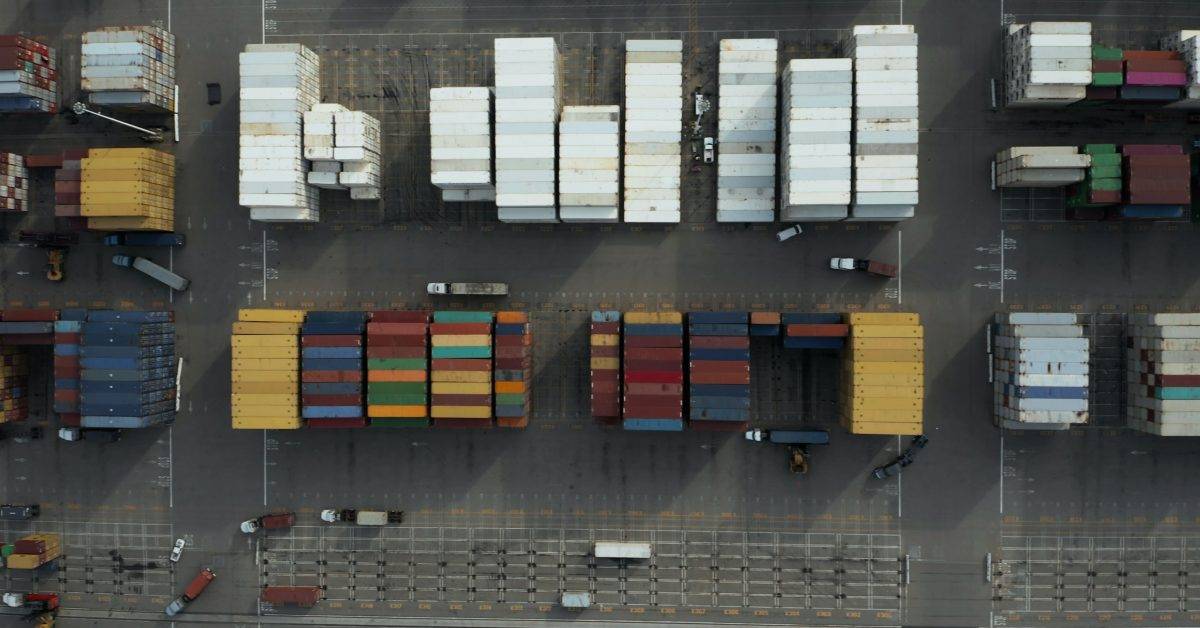Free Trade versus Protectionism

This theory explains why there is international trade between North and South, e.g. semiconductors going from the USA to Brazil, and coffee going in the opposite direction. But it does not explain the fact that over 75% of the exports of the advanced industrial countries go to other similar advanced nations, with similar resources, wage rates, and levels of technology, education, and capital. It is more a historical accident than a result of natural resources that the US leads in building aircraft, semiconductors, computers and software, while Germany makes luxury automobiles, machine tools and cameras.
However the economists who recommend free trade do not face elections every four or five years. Democratic governments do, which often encourages them to impose tariffs and quotas in order to protect what they see as strategic industries – notably agriculture – without which the country would be in danger if there was a war, as well as other jobs. Abandoning all sectors in which a country does not have a comparative advantage is likely to lead to structural unemployment in the short (and sometimes medium and long) term.
Other reasons for imposing tariffs include the following:
- To make imports more expensive than home-produced substitutes, and thereby reduce a balance of payments deficit;
- As a protection against dumping (the selling of goods abroad at below cost price in order to destroy or weaken competitors or to earn foreign currency to pay for necessary imports);
- To retaliate against restrictions imposed by other countries.
- To protect infant industries until they are large enough to achieve economies of scale and strong enough to compete internationally.
With tariffs, it is impossible to know the quantity that will be imported, because prices might be elastic. With quotas, governments can set a limit to imports. Yet unlike tariffs, quotas provide no revenue for the government. Other non-tariff barriers that some countries use include so-called safety norms, and the deliberate creation of customs difficulties and delays.
The General Agreement on Tariffs and Trade (GATT) had the objectives of encouraging international trade, of making tariffs the only form of protectionism, and of reducing these as much as possible. The most favoured nation clause of the GATT agreement specified that countries could not have favoured trading partners, but had to grant equally favourable conditions to all trading partners. The successor of GATT is the World Trade Organization.
It took nearly 50 years to arrive at the final GATT agreement because until the 1980s, most developing countries opposed free trade. They wanted to industrialize in order to counteract what they rightly saw as an inevitable fall in commodity prices. They practised import substitution (producing and protecting goods that cost more than those made abroad), and imposed high tariff barriers to protect their infant industries.
Nowadays, however, many developing countries have huge debts with Western commercial banks on which they are unable to pay the interest, let alone repay the principal. Thus they need to rollover (or renew) the loans, to reschedule (or postpone) repayments, or to borrow further money from the International Monetary Fund, often just to pay the interest on existing loans. Under these circumstances, the IMF imposes severe conditions, usually including the obligation to export as much as possible.
Quite apart from IMF pressure. Third World governments are aware of the export successes of the East Asian ‘Tiger’ economies (Hong Kong, Singapore, South Korea and Taiwan), and of the collapse of the Soviet economic model. They were afraid of being excluded from the world trading system by the development of trading blocks such as the European Union, finalized by the Maastricht Treaty, and the North American Free Trade Agreement (NAFTA), both signed in the early 1990s. So they tended to liberalize their economies, lowering trade barriers and opening up to international trade.
Lapozz a további részletekért